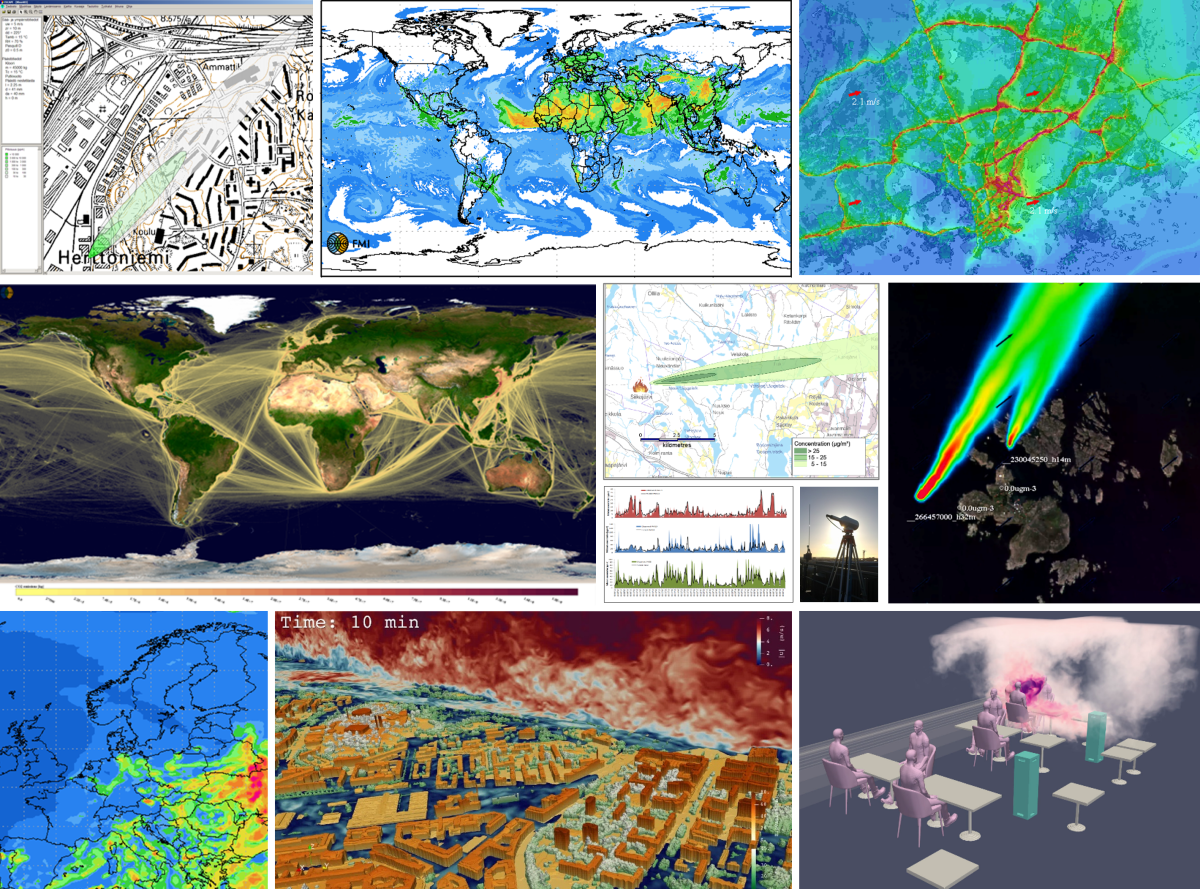Atmospheric Dispersion Modelling
The group is involved in modelling of atmospheric compounds in micro to global scales. The group develops and evaluates the full range of air pollution emission, dispersion, and exposure models, and other mathematical modelling techniques (such as CFD modelling). The models are used in international and national projects as well as operational air pollution forecasting.

Resources available for the modeling activities:
STEAM: ship traffic emission assessment model
FORE: road dust emission model
MPP-FMI: meteorological pre-processing model
UDM-FMI: dispersion model for stationary point, area and volume sources
CAR-FMI: line source dispersion model for road traffic emissions
OSPM: street canyon model
FMI-ENFUSER: environmental information fusion service
ESCAPE: expert system for consequence analysis and preparing for emergencies
BUOYANT: dispersion modelling of harmful substances originated from fires
PALM: a parallelized large-eddy simulation model for atmospheric and oceanic flows
SILAM: air quality and emergency modelling system
EXPAND: exposure model for particulate matter and nitrogen oxides
22.8.2023